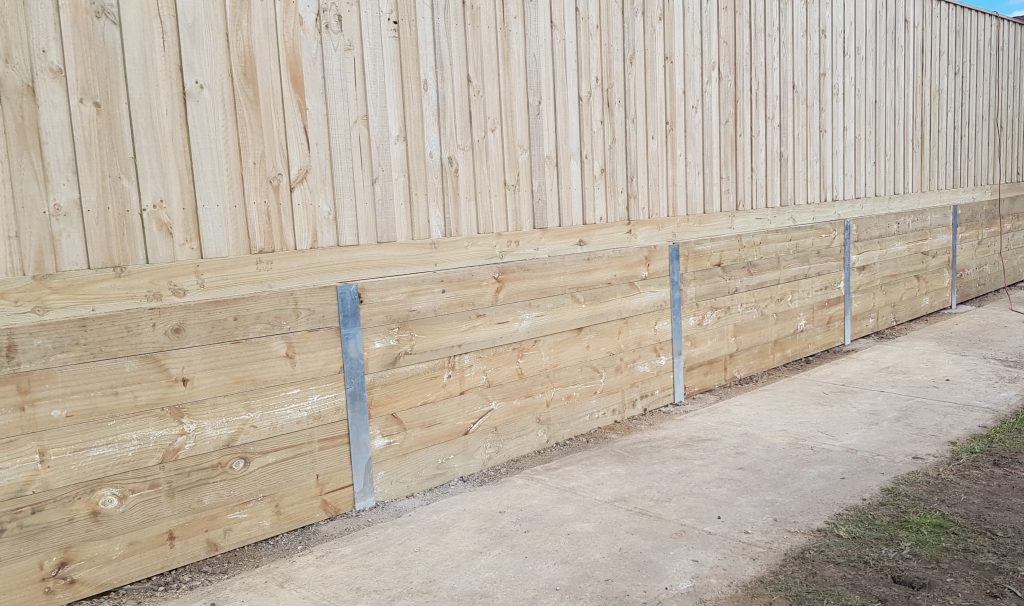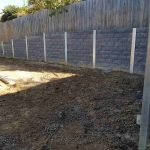Introduction
Building a retaining wall is no little feat; it needs not just technical knowledge but likewise the right tools to ensure that the task is performed perfectly. Keeping walls serve crucial purposes, such as preventing soil erosion, managing water runoff, and developing level surfaces for landscaping. Whether you're dealing with timber sleepers, concrete sleepers, H beams, or other products, having a well-equipped toolkit is necessary for any professional builder. In this comprehensive guide, we'll check out https://tuffstuffretainingwalls.com.au/ Essential Tools in a Professional Retaining Wall Home builder's Kit, detailing their functions and significance.
Essential Tools in a Professional Retaining Wall Home builder's Kit
To construct keeping walls efficiently, different tools are needed to take on different aspects of the job. Let's break down these vital tools into categories for a clearer understanding.
1. Determining Tools
1.1 Tape Measure
A measuring tape is your buddy on any building site. It allows you to take precise measurements of lengths and ranges properly. When building a retaining wall, you need to measure the height and width of your proposed wall location meticulously.
1.2 Level
Ensuring that your wall is straight and even is critical to its integrity. A level assists you attain perfect positioning during construction.
1.3 Square
A framing square is indispensable for making certain your corners are at right angles. This tool helps establish the right design for your retaining wall.
2. Digging Tools
2.1 Shovel
A durable shovel is basic for digging trenches where the structure of the retaining wall will go. It can be utilized for both breaking up soil and eliminating debris.
2.2 Post Hole Digger
If you prepare to set up posts or supports for your retaining wall (especially when utilizing timber sleepers or H beams), a post hole digger will make your life much easier.
3. Compacting Tools
3.1 Plate Compactor
Once you have actually dug out the location for your structure, it's important to compact the soil to avoid future settling concerns. A plate compactor can do this efficiently.

3.2 Hand Tamper
For smaller locations where heavy machinery can't reach, a hand tamper is best for compacting soil manually.
4. Cutting Tools
4.1 Circular Saw
When dealing with timber sleepers or cutting cinder blocks, a circular saw offers precision cuts that fit perfectly together.
4.2 Chisel and Hammer
For fine modifications or forming products like concrete, having chisels on hand can show useful.
5. Fastening Tools
5.1 Drill/Driver
A power drill or driver is essential if you're using fasteners to protect wood sleepers or H beams together.
5.2 Hammer and Nails/Screws
Sometimes the old-fashioned method works best! A hammer and nails are indispensable when working with wood materials.
6. Safety Equipment
6.1 Gloves
Safety first! Safeguarding your hands with durable gloves assists avoid injuries while dealing with sharp tools or rough materials.
6.2 Security Goggles
Your eyes are valuable! Using safety goggles protects versus dust and particles while you're cutting or drilling materials.
7. Material Handling Equipment
Handling hefty concrete obstructs or timber sleepers can be challenging without correct equipment:
7.1 Wheelbarrow
Transporting products around the website ends up being uncomplicated with a wheelbarrow at hand.
7.2 Forklift
For larger jobs including heavy blocks or beams, utilizing machinery like forklifts might be necessary to move materials efficiently.
8. Water Management Tools
Managing water flow around your retaining wall is essential:
8. * Waterproofing Membrane *
Installing a waterproofing membrane assists protect versus wetness penetration which could cause structural failure.
9. * Landscaping Equipment *
After constructing your retaining wall, landscape tools will assist enhance the surrounding location:
- Rakes Trowels Spades
FAQs about Necessary Tools in a Professional Retaining Wall Builder's Kit
Q: What types of materials can I utilize for my keeping wall?
A: Typically utilized materials consist of timber sleepers, concrete sleepers, stone blocks, and H beams depending upon visual choice and structural needs.
Q: Do I need unique training to run all these tools?
A: While a lot of standard tools require minimal training, complex machinery like forklifts might require certification or professional experience.
Q: How do I know how deep to dig my trench?
A: The depth depends on numerous aspects including local frost lines and soil conditions; typically aim for a minimum of one-third of the total height of the wall underground.

Q: Can I construct a retaining wall by myself?
A: Yes! With correct planning and tools from our list above, many DIY enthusiasts successfully build their own walls; however help might be valuable for larger projects!
Q: How do I preserve my retaining wall after construction?
A: Regular examinations for fractures or shifts ought to be performed together with making sure drain systems stay unobstructed over time!
Conclusion
Equipping yourself with the right tools is vital in any building and construction job-- especially when it pertains to constructing robust keeping walls that hold up against nature's tests in time! From determining instruments like tape measures and levels through important digging devices such as shovels & & post hole diggers; each product plays an important role in making sure success throughout every phase of advancement process included while appreciating looks along with functionality!
In summary, whether you're selecting timber sleepers due their natural appeal or opting for resilient concrete choices-- the obligation lies greatly on you as contractors geared up correctly navigate complexities presented during this venture making notified choices leading towards lasting results taken pleasure in by customers alike!